It’s a popular headline for provocative articles, and a sentiment that’s even been trotted out by the likes of Elon Musk. That’s right: advertising is dead.
But is it really?
In a word: no. If we strip away the hyperbole, advertising is actually stronger than ever, but it’s the channels we use that are changing. Some of the largest and most profitable companies in the world – Amazon, Microsoft, Meta and Alphabet (which owns Google) – are advertising platforms. Not only are they alive, they’re growing.
It’s true that the channels we traditionally associate with advertising, such as television, direct mail and print, aren’t part of this surge. They can’t compete as digital can, and they don’t offer the same level of targeting and the constant stream of data for review. Unlike digital, we can’t monitor return on investment in near-real time from something like a magazine advert. Certainly, the shape of advertising has shifted in the last decade or more.
Among the channels to benefit from this shift is social media. As an example, TikTok now generates so much in ad revenue that it’s flowing its provision into a new and dedicated ad platform, allowing brands in certain locations to target by city. And it’s not just TikTok. In 2021, YouTube generated a whopping $28.84 billion in advertising revenue, while Meta (owner of Facebook and Instagram) generated $114.9 billion.
However, in a strange and confusing shift of narrative, modern advertising is being framed as anti-advertising: described as an antidote to those traditional channels we’re all marking the demise of. At the time of writing, the headline statement on TikTok For Business (the channel’s advertising platform) is ‘Don’t Make Ads. Make TikTok videos.’
Elon Musk added his voice back in 2019, saying that Tesla “does not advertise”. A decade before that, Amazon’s CEO Jeff Bezos scathingly argued that advertising was the province of “unremarkable” products and services. He later had a change of heart on the topic (which is unsurprising given that he now controls one of the world’s largest ad agencies).
The statements of Musk, Bezos and even TikTok demonstrate that we need to reconsider what we think of as advertising. In its simplest form, advertising is content generation, meaning that even a blog article or branded vehicle can be seen as part of your setup. Musk may claim that he doesn’t advertise, but in reality he does it every day: his personal brand, his Twitter feed, his company’s logo on the side of a rocket… It’s advertising, Jim, but not as we know it.
My advice is to take the advertising doom mongering with a pinch of salt. You may need to cut through the noise and clutter on some channels, but if you plan and target well, and have strong values and positioning, it can be highly successful.
For dental practices in particular, digital advertising is dominating the traditional formats. With traditional channels, eventual success is all about frequency. Newspaper advertising, television and radio all rely on frequency to build brand awareness, though television typically isn’t possible for independent practices. In contrast, digital is one of the easiest platforms to work within, allowing greater tracking and ongoing adjustment.
And so, to return to our slightly attention-grabbing title, far from being in decline, advertising isn’t going anywhere. The chance to target audiences and review performance in a short time frame has never been better.
Ultimately, though, success will always come down to knowing your brand proposition and having the ability to cut through the noise. Tactics such as promotions are all well and good (and in their place, they can be good), but strong communications and a compelling visual identity will always help ads perform better. And of course, a good team of digital marketing experts can really make a difference.
If you’d like to talk about your dental practice’s marketing or brand strategy, get in touch.









